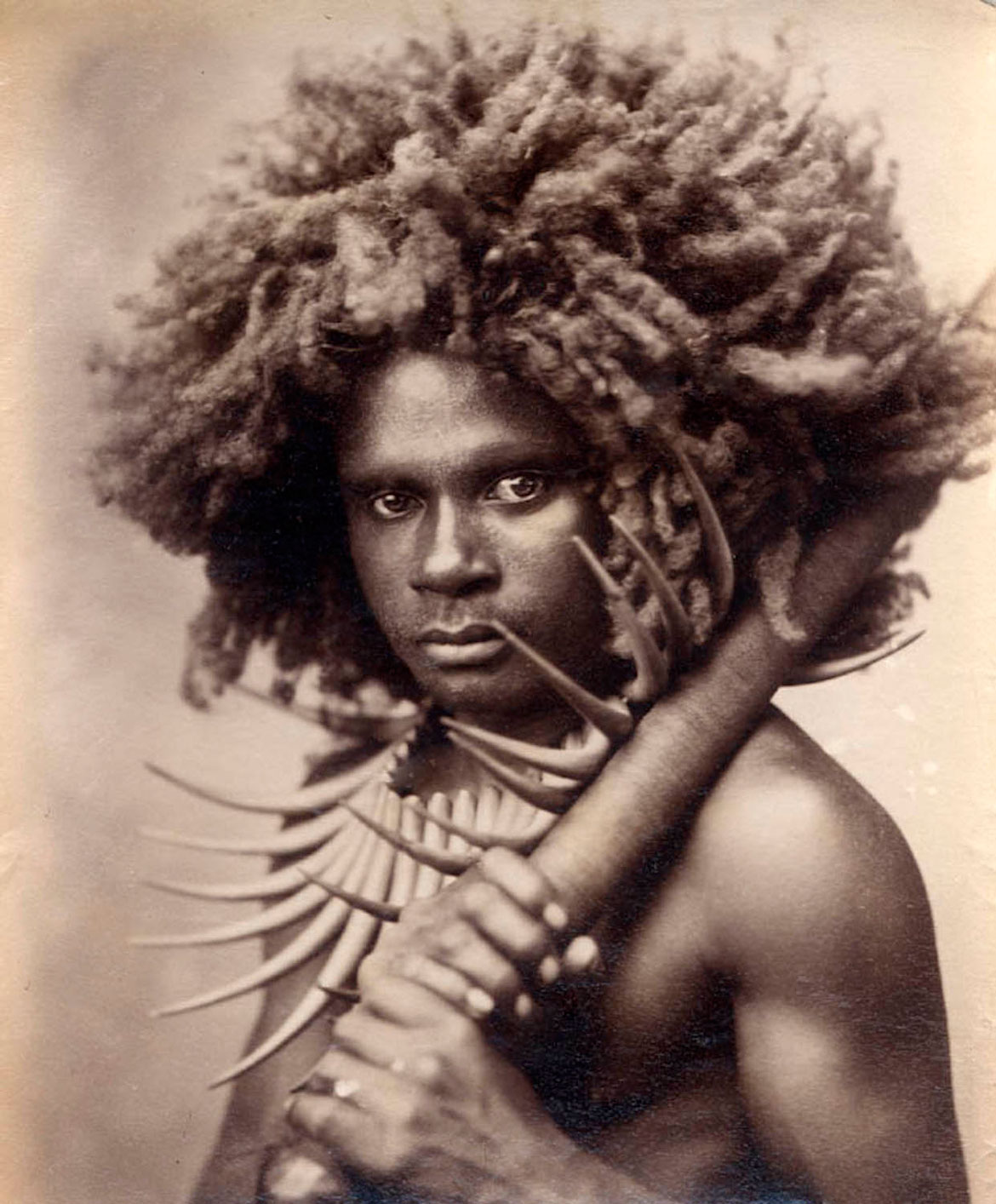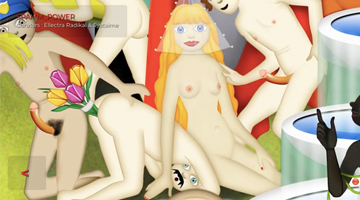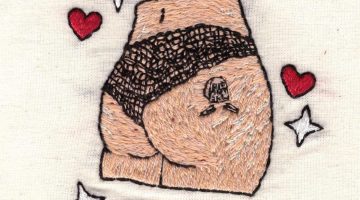Above left: Pacific Islander. This portrait is superb and unusual, showing the ‘wasekaseka’ split sperm whale’s tooth necklace from Fiji which was typical neck-dress of a high ranking tribesman.
Above right: Indian Holy Man. Otherwise known as a Sadhu, and amongst the earliest known photographs of such Hindu Holy Men who were notoriously shy of the camera.
Above left: The Hairy Family of Mandalay. The Hairy Family of Burma were four generations of a nineteenth-century Burmese family who suffered from congenital hypertrichosis lanuginose [excessive hairiness]. The earlier generations of the family were kept at the royal court as entertaining curiosities and mascots, where they were believed to bring good luck if touched. The later generations entered show business and were exhibited for money, most notably by P.T. Barnum, who advertised them as The Sacred Hairy Family of Burma under the slogan ‘Touch them for luck!’
Above right: Russian Cossack. Taken by Ivan Raoult, this would have been taken in Georgia and shows a military type with a rich and fascinating history.
Above: Thai Prince. What makes this image fascinating is the props, the sense of proportion and his magnetic stare.
Above left: A Lapp (Sami) Couple. Taken by Eneret Kalland. Like the Chinese soldier, one I have only ever seen once. My dream is to have a series by this photographer, however I just cannot locate any others.
Above right: Indonesian tribe holding war clubs.
Above left: Jewish Woman, Damascus. Taken by Felix Jacques Antoine Moulin, an extraordinary studio portrait.
Above right: Chinese Soldier. This particular image is one I have only seen once. Having seen hundreds of portraits and types from nineteenth century China, I cannot find any reference to this. Is he a monk? Military figure?
Above left: Two Whistles, Apsaroke, by Edward Curtis. “Two Whistles (Ishichoshtupsh), born in 1856 was a Mountain Crow of the Not Mixed clan and Lumpwood organization. At the age of eighteen he led a party consisting of himself and two others, which captured one hundred horses from the Sioux. During an outbreak in 1887 Two Whistles was shot in the arm and breast, necessitating the amputation of the arm above the elbow. His medicine of hawk was purchased with a horse from a Sioux.” – Curtis
Above right: Indian Maharaja. Portrait of Sir Venkat Raman Ramanuj Prasad Singh, Maharaja of Rewa. (1876 – 1918). Beautifully hand-painted photograph, a trend that started in Japan and spread to most studios in Asia, where hand colouring became common, but only a handful were very good.
















